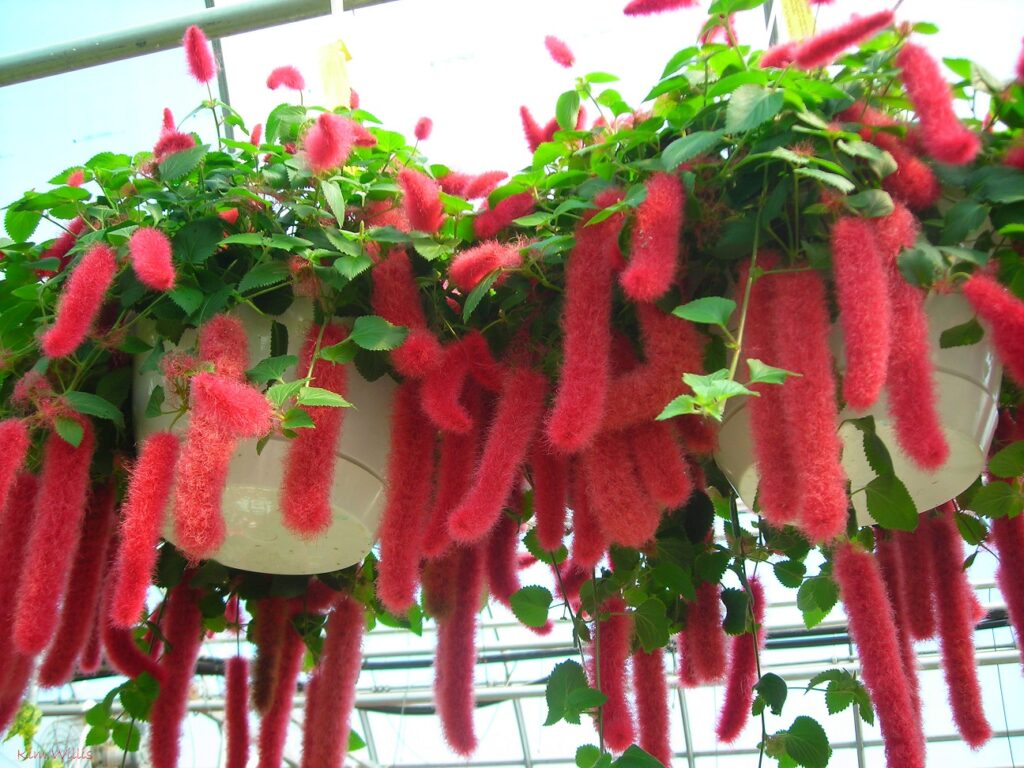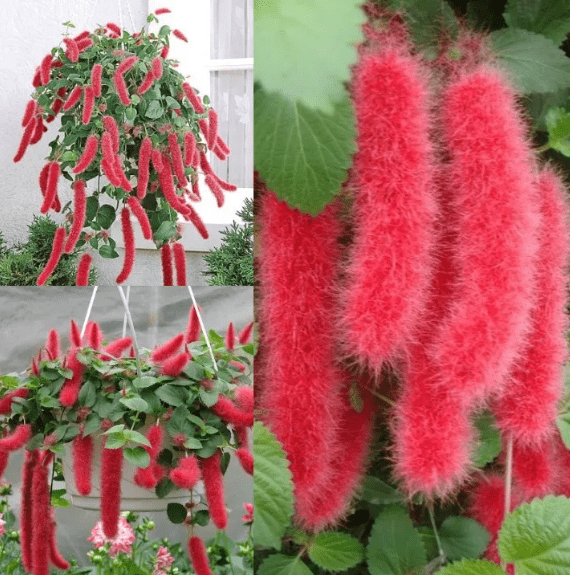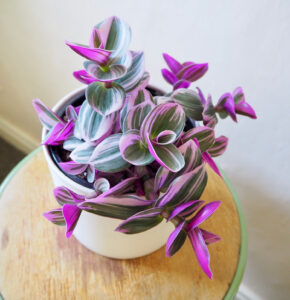Introduction:
Welcome to our comprehensive guide on caring for strawberry firetails! These vibrant and captivating plants are a fantastic addition to any garden or indoor space. In this guide, we will walk you through everything you need to know to ensure the health and beauty of your strawberry firetails.
Understanding Strawberry Firetail
Strawberry firetails, scientifically known as Anthyllis barba-jovis, are perennial plants native to the Mediterranean region. They are characterized by their stunning red flowers and silver-green foliage. These plants thrive in sunny and well-draining soil, making them perfect for rock gardens or containers.

Planting and Location
To provide the ideal conditions, choose a location that receives full sunlight for at least six hours a day. Ensure the soil is well-draining by adding organic matter or sand if needed. When planting, space the plants about 12 inches apart to allow for proper airflow and growth.
Watering and Maintenance
Strawberry firetails have moderate water requirements. Water your plants deeply once a week, allowing the soil to dry slightly between waterings. Avoid overwatering, as this can lead to root rot. Regularly check the moisture level by inserting your finger into the soil. Additionally, remove any weeds around the plants to prevent competition for nutrients.
Fertilizing and Pruning
Fertilize your firetails in the spring with a balanced, slow-release fertilizer. Follow the package instructions for proper application. Pruning is essential to maintain the plant’s shape and encourage new growth. After the flowering season, trim back any dead or leggy stems to promote a bushier and healthier plant.
Pests and Diseases
Fortunately, strawberry firetail are relatively resistant to pests and diseases. However, keep an eye out for aphids, slugs, or snails, which may occasionally appear. If necessary, treat the affected plants with organic insecticides or use natural methods like handpicking or introducing beneficial insects.


